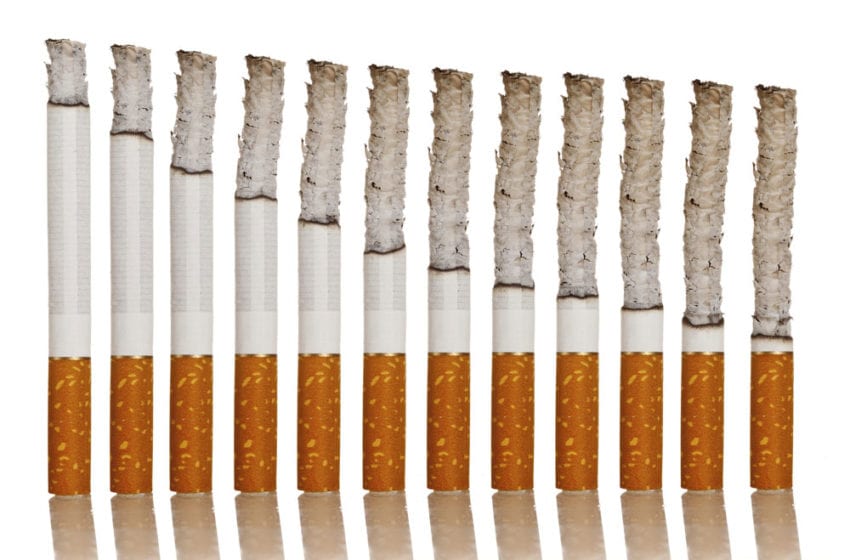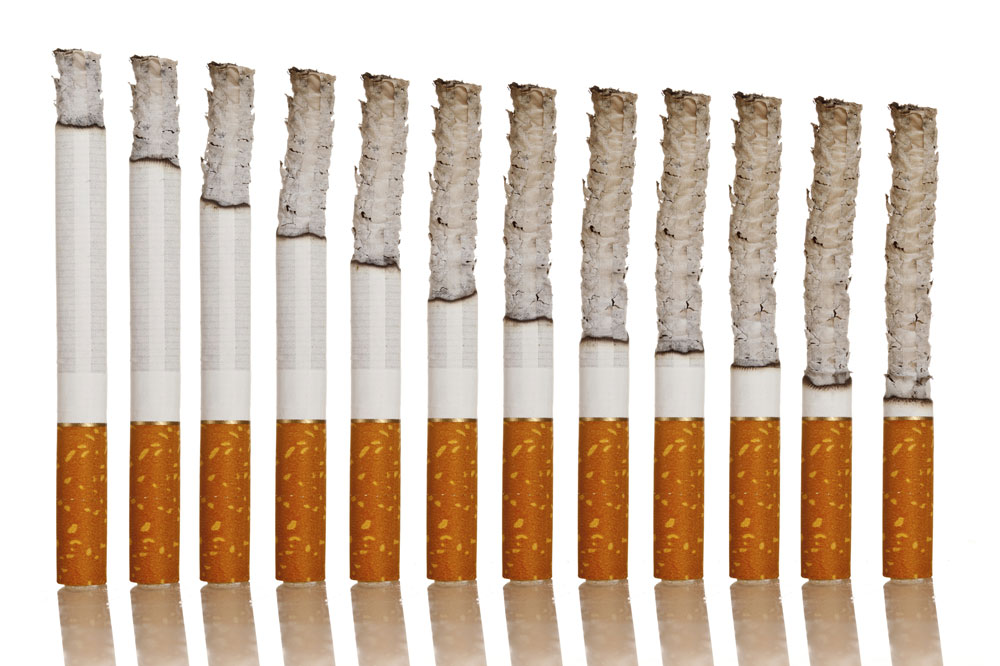Study: U.S. Youth Smoking Down, Vapor Rising
- Harm Reduction News This Week
- December 3, 2020
- 3 minutes read


Cigarette and smokeless tobacco prevalence among U.S. adolescents declined more rapidly between 2012 and 2019 than in previous periods, according to a new study.
An analysis by the University of Michigan (UM) and Georgetown University shows that past 30-day and daily use of both cigarettes and smokeless tobacco fell more rapidly since 2012, even as e-cigarette use began to increase—leading to historical low levels of both cigarette use and smokeless tobacco among teens in the United States.
“While the increases in e-cigarettes are indeed concerning and is something we need to address and reverse, the decreases in other tobacco products, in particular, cigarettes—the most concerning form of tobacco use—are accelerating,” said lead researcher Rafael Meza, associate professor of epidemiology and global health at UM’s School of Public Health, in an article on the UM’s website.
Utilizing data from the nationally representative Monitoring the Future survey at the UM from 1991 to 2019, Meza and his colleagues examined the use prevalence of tobacco products in the last 30 days among key sociodemographic groups.
They found that daily smoking prevalence among 12th grade boys increased 4.9 percent annually 1991 to 1998 but saw annual declines of 8 percent between 1998 and 2006 and 1.6 percent from 2006 to 2012. However, from 2012 to 2019, prevalence declined at a 17 percent annual rate. Overall, daily smoking prevalence among 12th graders fell to about 2 percent by 2019.

“This is an astoundingly low rate, and our goal from a public health perspective should be to keep smoking at this rate or lower,” said researcher David Levy, of Georgetown University’s Lombardi Comprehensive Cancer Center.
Meza said the results are important because while e-cigarettes are concerning on their own, there have been concerns that the increase in vaping could result in an uptick in the use of other tobacco products that could potentially upend the declines seen over the past decades.
“But in contrast, what we found is that the decline in smoking has accelerated,” he said.
